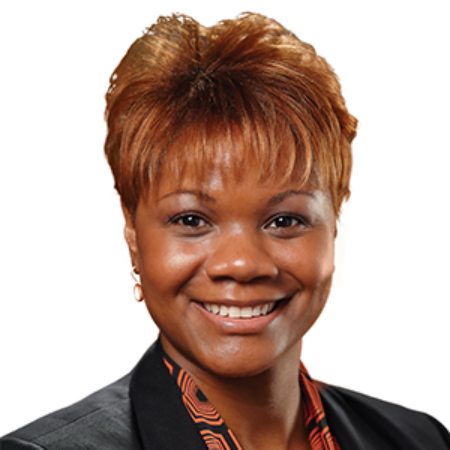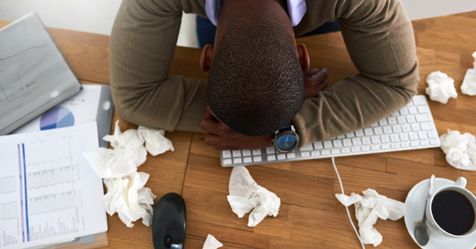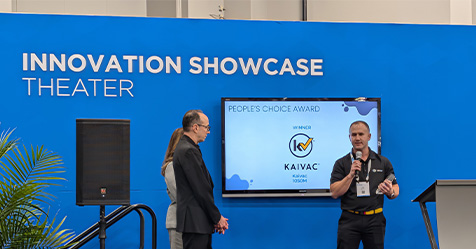Summertime may signal a slower time for foot traffic in K-12 schools, but that does not mean that dirt, grime, or germs take a vacation, which is why school facilities should use this break as a time for deep cleaning and disinfecting before students return for the start of a new school year.
Though regular classes may be in recess, most schools are still in use during the summer months for a variety of activities, from summer school classes and sports team practices to summer camps and community events. While the students get a break, the school facilities do not, and they must be in pristine, germ-free condition when students return for the next school year.
To keep facilities in tip-top shape, school maintenance teams need to develop a schedule in advance to help guide them on which areas of the building they can continue to clean throughout the break, and which areas should be deep cleaned during the interim between summer activities and the beginning of the new academic year. With a detailed plan in hand, and knowledge of which potentially harmful pathogens to tackle and how to do it, summer cleaning and disinfecting can be a breeze.
Pathogens of Concern in Schools
The decreased foot traffic and slower pace of the summer months in schools makes for the perfect time to clean areas in the building where harmful pathogens, such as Methicillin-resistant Staphylococcus aureus (MRSA), norovirus, and Escherichia coli (E. coli) may lurk. Here’s what school maintenance staff should know about each of these pathogens:
- MRSA is a type of drug-resistant bacteria known to cause skin infections that can lead to serious illnesses and even death. Since MRSA commonly lives on the skin, it can easily transfer to other surfaces in athletic facilities, including locker rooms and showers.
- Norovirus is a contagious virus that transmits from an infected person, contaminated food or water, or by touching contaminated surfaces. The virus causes the stomach and/or intestines to become inflamed, leading to stomach pain, nausea, diarrhea, and vomiting.
- E. coli are a large and diverse group of bacteria found in the environment, foods, and intestines of people and animals. Although some strands of E. coli are harmless, others can cause diarrhea, urinary tract infections, respiratory illness, pneumonia, and other illnesses.
- Influenza, also called the flu, is a viral infection that affects the respiratory system. It transmits through person-to-person contact and shared surfaces and can cause mild-to-severe illness, sometimes even leading to death.
Mold and mildew can also become threats during summer months when there is more moisture in the air and doors and windows are left open. Mold and mildew can cause nasal and sinus congestion, headaches, and skin and eye irritation for those who are exposed, especially for asthma sufferers.
To help keep building occupants healthy and safe, schools should take precautionary measures and focus cleaning efforts on frequently touched surfaces, such as drinking fountains, door knobs, desks, and counters.
Areas to Deep Clean
While it’s important to disinfect and sanitize hotspots on a regular basis, the summer, particularly before the start of the next school year, is an opportune time to deep clean high-traffic areas in schools. During the school year, the operational hours and daily influx of students can make it difficult for staff members to conduct an intense, deep-cleaning regimen. Maintenance staff can help keep school facilities clean and minimize the spread of germs and bacteria by adhering to the below recommended cleaning and maintenance tasks for the following areas.
Gyms and Locker Rooms: School gyms and locker rooms are common hotspots for the spread of MRSA, and both areas are commonly used during summer months for sports practices and camps. After summer camps and programs held at the school come to an end, clean these areas with EPA-registered disinfectants that have label claims to kill MRSA and other pathogens of concern. Frequently touched surfaces and objects that require rigorous cleaning include gym equipment, lockers, benches, shared benches and chairs, door handles, and light switches.
Cafeterias: Avoid starting off the school year with an outbreak of a harmful foodborne illness by deep cleaning dining areas and kitchens at the end of the summer. In the dining area, wipe down food-contact surfaces and high-touch surfaces—such as tabletops, countertops, food trays, and chairs—with a nondisinfecting all-purpose cleaner and then spray them with a food-contact safe sanitizer. In the kitchen, avoid cross-contamination by cleaning hotspots—such as counters, food-prep surfaces, sinks, plating stations, and stovetops—with an EPA-registered disinfectant that is effective against E. coli and norovirus.
Restrooms: According to a recent survey of cleaning professionals conducted by Clorox Professional Products Co. and ISSA, the worldwide cleaning industry association, the two top challenges preventing optimum restroom cleaning include a lack of time and too much foot traffic. Luckily, the interim between the end of summer activities and the beginning of the school year provides the perfect opportunity to deep clean restrooms, prevent the spread of germs, and maintain public health.
To effectively clean school restrooms, opt for a strong disinfecting bathroom cleaner and focus on germ hotspots, including toilets and urinals, bathroom counters, sinks, door handles, and floors. Additionally, to effectively eliminate urine stains and odors, cleaning professionals should use a product that breaks down the odor at its source through oxidization and removes uric acid crystals.
Classrooms: Since classrooms are consistently filled with groups of students throughout the school year, it is essential to deep clean all areas before students return to rid the environment of any pathogens that may be lurking in common areas. Disinfect common hotspots, such as chairs, door handles, desks, and tables, with EPA-registered disinfectants that are labeled as effective against MRSA, E. coli, streptococcal pharyngitis (strep throat), Salmonella, common allergens, and cold and flu viruses.
Other Back-to-School Maintenance Needs
While specific school areas require intense cleaning regimens, it is also important to remember that common areas, such as floors and hallways, also require proper cleaning at the end of the summer.
Keep floors and hallways well-maintained during summer months by stripping and scrubbing the common areas and then refinishing floors and repainting hallways to improve appearance, if necessary. Clean lockers, floors, and windows, and clear out areas that commonly collect dust to prevent excessive buildup of common allergens.
Regular cleaning and deep cleaning in a school can go a long way in upholding a school’s reputation by protecting student and faculty health. A well-maintained school helps to set the academic standard for the next cohort of students to pass through in the fall.




